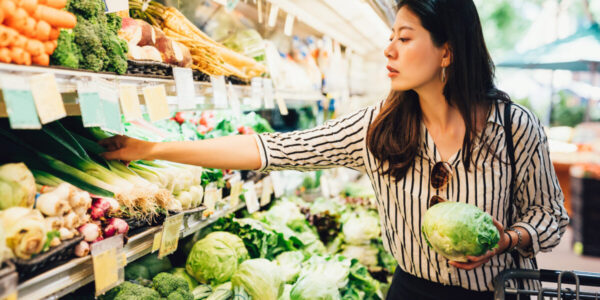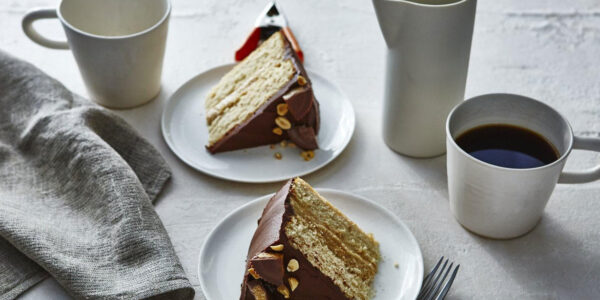
Retail detail
If you’ve ever felt overwhelmed in a wine shop, you’re notalone. Buying wine can be a little unnerving for almost anyone. Amedium-size store might stock 700 or so different wines, a largeestablishment, 4,000 or more. So how do you thwart intimidation andmake shopping for wine a comfortable experience?
Choose the right store. Wine is sold everywhere from small,independent shops to larger discount beverage chains such asBeverages & More! to giant warehouses like Costco. Each hasadvantages and disadvantages. For example, small shops often― but not always ― charge more for their wines, but inmy experience, their sales staffs are more helpful andknowledgeable about wine.
For this story, I visited several big discount chains and askeda few general questions about wine. Not only did the clerks knownext to nothing about wine, they also gave me blatantly wronginformation. One, for instance, told me that no top CaliforniaChardonnays are fermented in oak (for the record, about 99 percentare).
If you know exactly what you want, however, discount chains maybe a good option since their prices can be considerably lower,especially for wines that are expensive to begin with. But don’ttake this for granted! The current vintage (1997) of Joseph PhelpsInsignia, one of California’s most extraordinary Cabernet blends,costs $120 at the winery; I recently found it for $96 at awell-known discount chain ― and for $90 at a small wine shopin San Francisco.
Which brings us to Costco: Insignia costs $80 at the branch nearme. The big warehouses often carry dozens of great wines at goodprices ― but you’re definitely on your own, with barely aclerk in sight. There’s another concern too: temperature. In thesummer, it hovers around 80° inside the Costco near me. Andwho knows what the temperature is in the storeroom? (By comparison,small wine shops are far more likely to have temperature-controlledback rooms.) A fine wine can be ruined by excessive heat; if I’mspringing for Insignia, I want it to be in top condition.
In the end, you have to weigh price, knowledgeable help, andproper storage when deciding where to shop.
If you choose a wine shop with an expert staff, make a winefriend there. Savvy clerks usually can’t wait to introduce youto new wines.
Don’t give in to intimidation, either external (somebodyelse makes you feel inadequate) or internal (a little voice in yourhead says, “You’ll never understand this”). They’re both completenonsense. Trying a new wine is really the same thing as tasting anunfamiliar food. (Remember when you didn’t know what avocados,sushi, or peach ice cream tasted like?)
Think of wine as a way to travel. You may not be able totrek to Tuscany or the south of France this fall, but you can get ataste of the place through Tuscan or southern French wines.Fascinated by Australia? Ask the shop clerk (your new friend) topoint out a couple of classic examples of Australian wines and tellyou as much as possible about them.
Finally, be endlessly curious. Wine drinkers who have thecourage to be inquisitive have the most fun. Remember, you’re notthe only one who doesn’t know what’s inside all those bottles. Mostpeople don’t. The best question you can ask in a wine shop is “Whatdoes this wine taste like?” Ask it a lot.
SUNSET’S STEAL OF THE MONTH: Rosemount Cabernet Sauvignon 1999 (South Eastern Australia),$11. Unlike many inexpensive Cabernet Sauvignons, this one tasteslike a straightforward Cab. It’s simple but has a lot of juicycassis flavors.
START WITH ITALY
The Italian sections of wine shops can seem especially dauntingwith dozens, if not hundreds, of unfamiliar names. Great treasureslurk in these aisles, though, so why not begin exploring? Here arethree delicious wines to get you started.
Allegrini Valpolicella Classico Superiore 1998 (Veneto),$10. While most Valpolicella is simple at best, this dramatic,exuberant wine, with complex flavors of licorice, spice, mocha,dried cherries, and vanilla, is in a class by itself.
Castello di Ama Chianti Classico 1997 (Tuscany), $35. Themedieval castle of the village of Ama is surrounded by vineyards,the source of this soft, earthy wine with beautiful dried-leafflavors.
Prunotto Barbera d’Asti “Fiulot” 1998 (Piedmont), $11.Piedmont is famous for expensive Barolo and Barbaresco, but mostweeknights winemakers are drinking Barbera, a homey comfort wine.Prunotto’s is soft but lively and flavorful.
